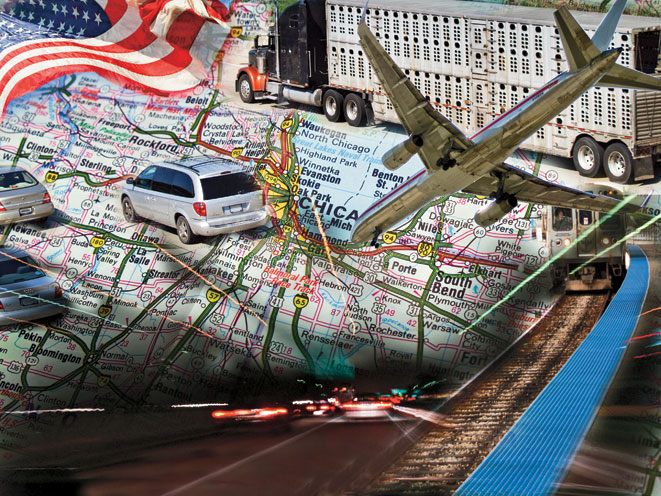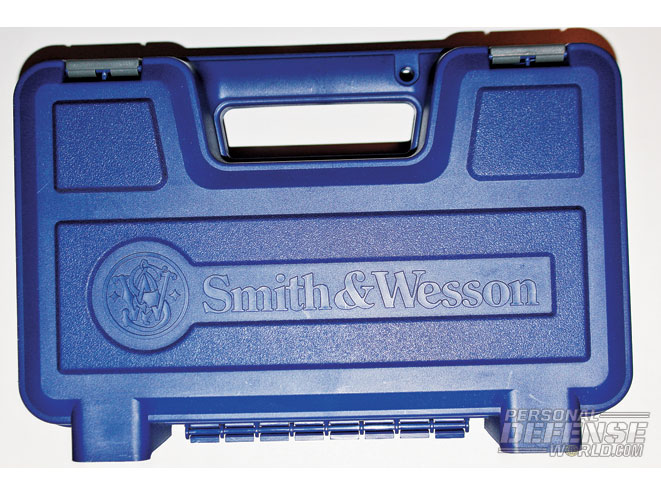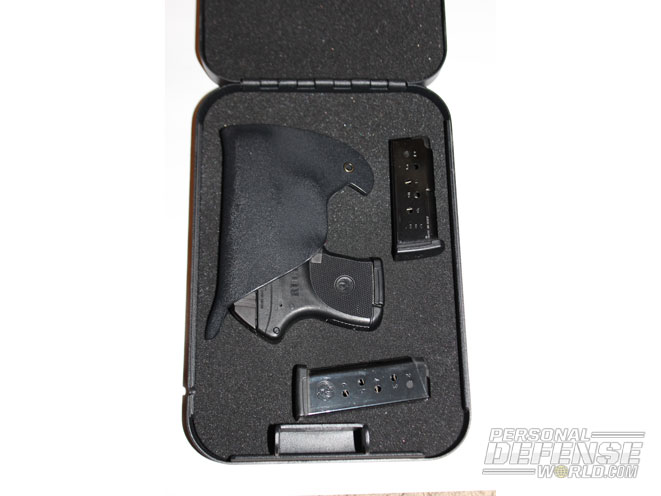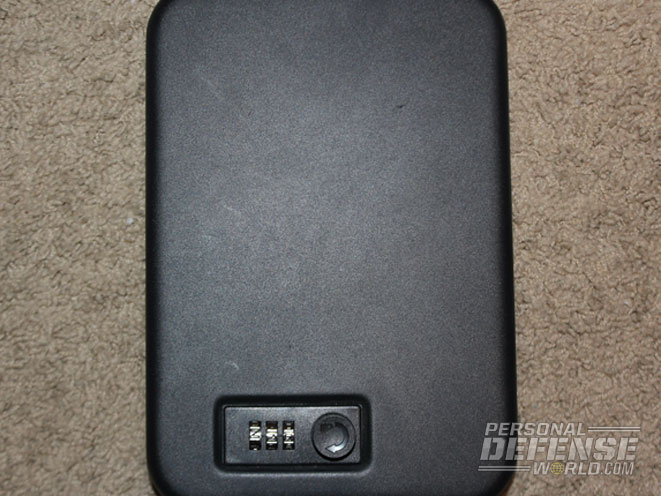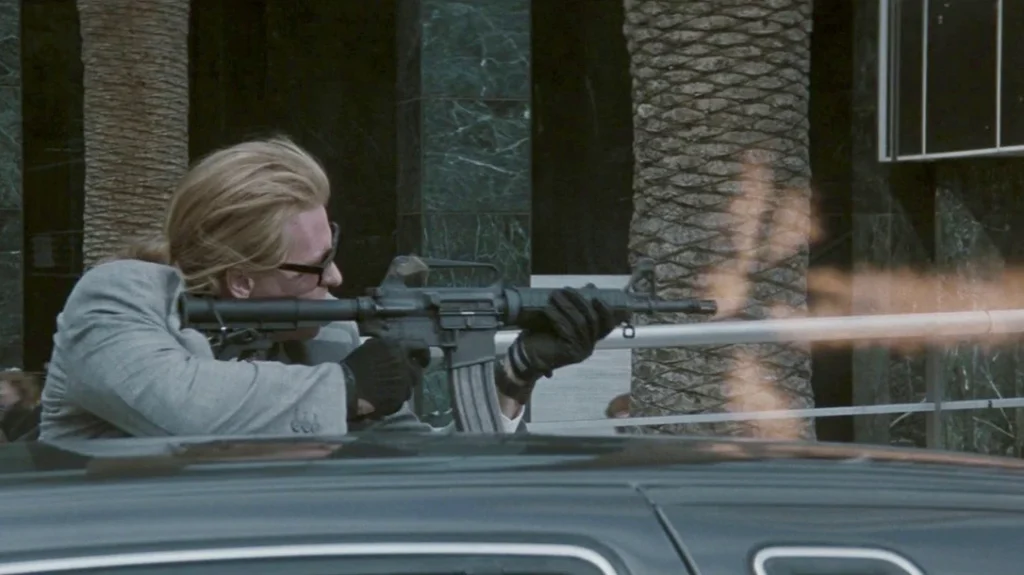Whether it’s the holiday season or summer break for the kids, a vast majority of Americans travel throughout the year. Personally, wherever I’m headed, I always want to have my gun with me. But because there are so many different modes of transportation in this country, it’s important to know what you legally can and cannot do.
For instance, let’s say you were driving to a relative’s house for a Fourth of July barbecue. You happen to live in the gun-friendly state of Virginia (my home state) and your relative also happens to live in the state of Virginia. If you had your Virginia concealed carry permit, you could simply drive to the barbecue carrying your gun as you normally would any time you leave your house. You could do this in whatever state you lived in as long as you had a valid concealed carry permit or the state allowed open carry.
Hit The Road
Advertisement — Continue Reading Below
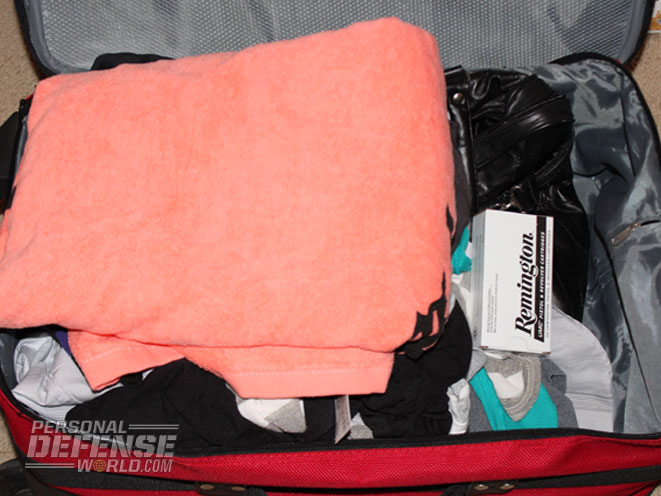
But let’s say you live in Virginia and are going to Pennsylvania for the Fourth of July. Well, to get to Pennsylvania, you have to travel through Maryland. Since I don’t have a concealed carry permit for Maryland, I can’t just drive straight from Virginia to Maryland with my gun on my hip. Before I enter the state of Maryland I need to unload my gun, lock it in a case and put it in the trunk. Once I’ve passed through Maryland and entered Pennsylvania, then I can get my gun out and load it up and carry once again. Remember, this is what you have to do as you’re passing through any states that aren’t exactly gun friendly, such as Maryland, California and New Jersey.
RELATED: Concealed Carry Gun Laws by State
Advertisement — Continue Reading Below
If your final destination happens to be one of these states, then drive to your location with your gun locked up as described above, and then get your gun out. My in-laws live in California. When I go visit them, my gun is unloaded and locked up. Once I get to their house, then I can take my gun out and load it up and carry it while in the house or keep it secure in a safe on the nightstand. However, I can’t leave the house with it because I don’t have a California concealed carry permit.
Flying Safe
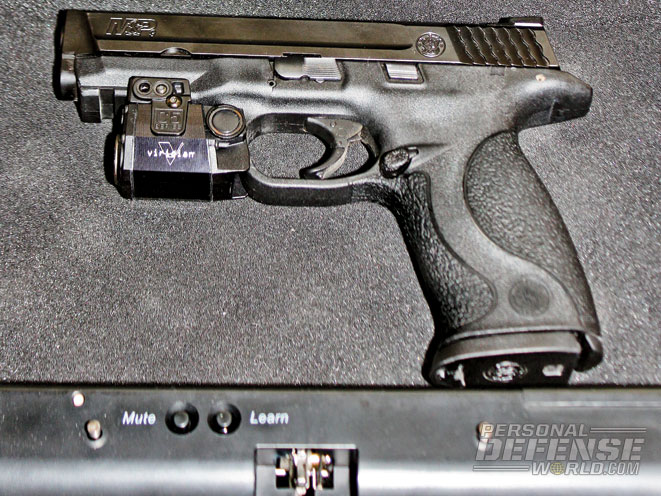
Now that you know what to do regarding vehicle travel, let’s talk about flying with firearms, which is a lot easier than most people realize. Let’s say you live in Virginia and were flying down to Key West, Florida, for a family vacation. First, your firearm can only go in your checked baggage. Don’t ever attempt to put a gun in a carry-on. Before you head to the airport make sure your gun is unloaded and locked in a hard-sided case. A few of the cases I’ve used over the years include the standard plastic case that the gun comes in when you buy it, a GunVault MV-500 MicroVault, and a small pistol safe with a combination that you spin off to secure it. If you’re going to use the case your gun came in remember to put a padlock on it, and if you’re using a combination safe remember to spin off the combination before you get to the airport.
Advertisement — Continue Reading Below
RELATED: Concealed Carry Basics for Hassle-Free Interstate Travel
As far as bringing ammunition with you, the ammunition must be in the box it comes in or another type of case that’s designed to hold ammunition. The ammunition can either be secured with the gun in the locked case, or it can simply be somewhere else in your checked baggage. Personally, because of space issues, I never have my ammunition inside the gun case, I just have it in the box it came in and stored in my luggage, sandwiched between my clothes.
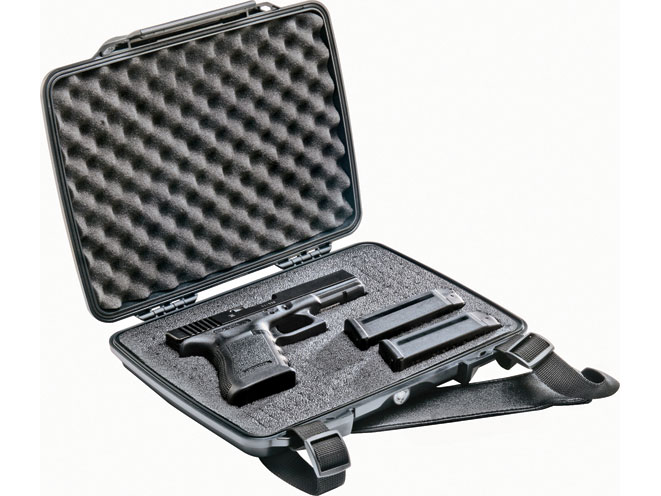
After your gun and ammunition are secure in your checked baggage, then it’s safe to head to the gate. When you get to the airport, you’ll need to go to the airline counter and check in with a representative. As soon as you talk to the representative you need to say, “I need to declare a firearm and ammunition.” I would advise against using the words “I have a gun.” Once you tell the airline representative that you’re checking a gun, they will take out a small card about the size of an index card and they will ask you to sign it. This card essentially says you’re legally allowed to have the gun, that you declare it’s unloaded, and that if you’re lying you could be in serious trouble. Once the card is signed they will either put it on top of your hard-sided case or they will ask you to open the case and they will put it directly on top of the gun. Delta Airlines just puts the card on top of the case, whereas Southwest always has me put it on top of the gun.
Advertisement — Continue Reading Below
RELATED: Top Concealed Carry Handguns
You would check a rifle the same way you checked a handgun described above. However, you are allowed to bring a scope in your carry-on luggage, so you don’t need to put your scope in the hard-sided case if you don’t want to. The fact is, I’ve flown all over the country with my guns and I’ve never had a problem, even when I’ve flown out of states like Maryland that aren’t gun friendly.
On The Rails
Advertisement — Continue Reading Below
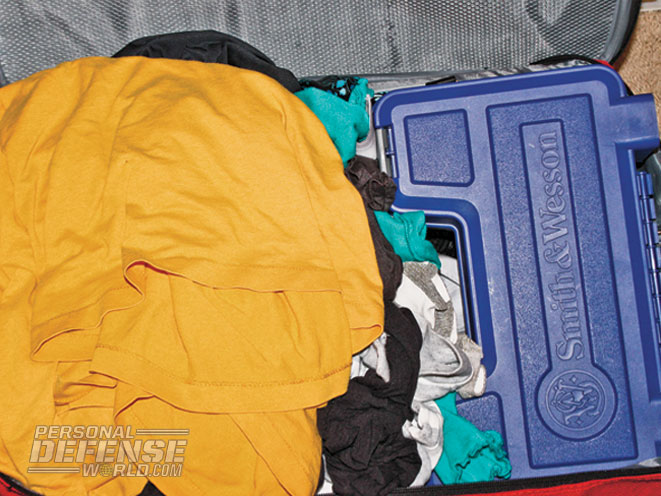
I have to admit, I certainly don’t take the train as often as I drive or fly. But I know there are millions of Americans who use a service such as Amtrak frequently. If you happen to be riding Amtrak and you want to bring your gun, you must notify them 24 hours in advance. You have to call the company’s main telephone number and talk to a live person; you can’t make reservations online. Before you head to the train station, you will unload the gun and put it in a hard-sided case just as if you were flying. The ammunition must also be in the cardboard box or another case the same way the airlines require. When you get to the station, you will declare your firearm and ammunition and you will be required to sign a form stating that you’re allowed to have the gun and that it is unloaded. Since there are many different train operators throughout the U.S. in addition to Amtrak, make sure you call them and find out their specific requirements before you travel. The good news is, almost all of them follow the same protocol as the airlines.
Beware The Bus
Advertisement — Continue Reading Below
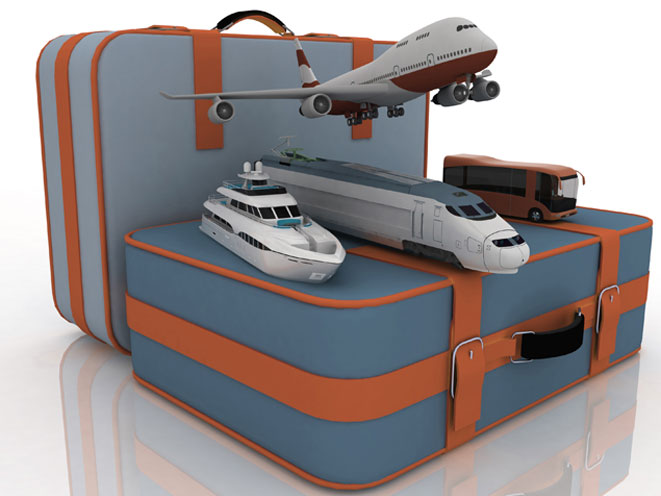
If your travels happen to involve bus, you may want to think twice. While you can transport a gun in your car, plane or on the train, certain bus lines may not allow you to have a gun. It doesn’t even matter if it’s unloaded, in a locked case and in your checked baggage.
As for me, my preferred mode of transportation is by vehicle. Then I’ll take an airplane. A train and a bus are definitely options of last resort. Just remember, however and wherever you travel, you need ensure you know each state’s laws in addition to the laws of the type of transportation you’re using.
Advertisement — Continue Reading Below
